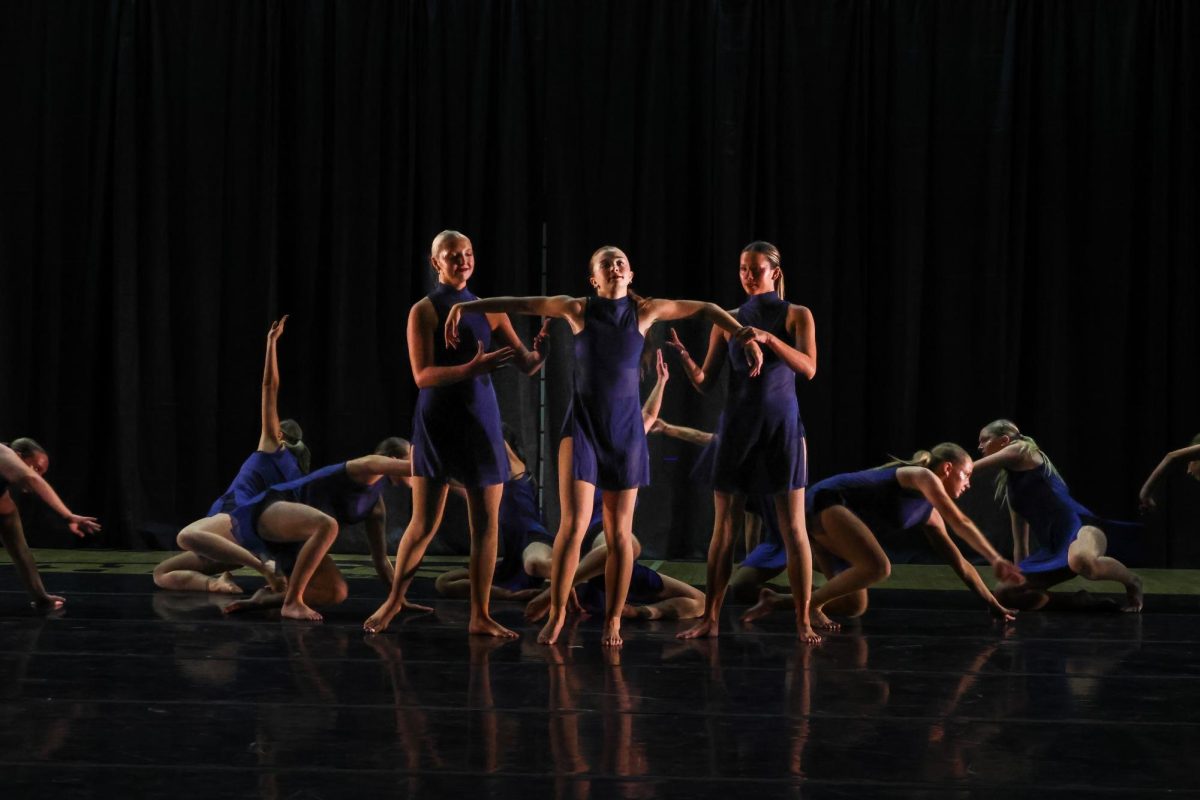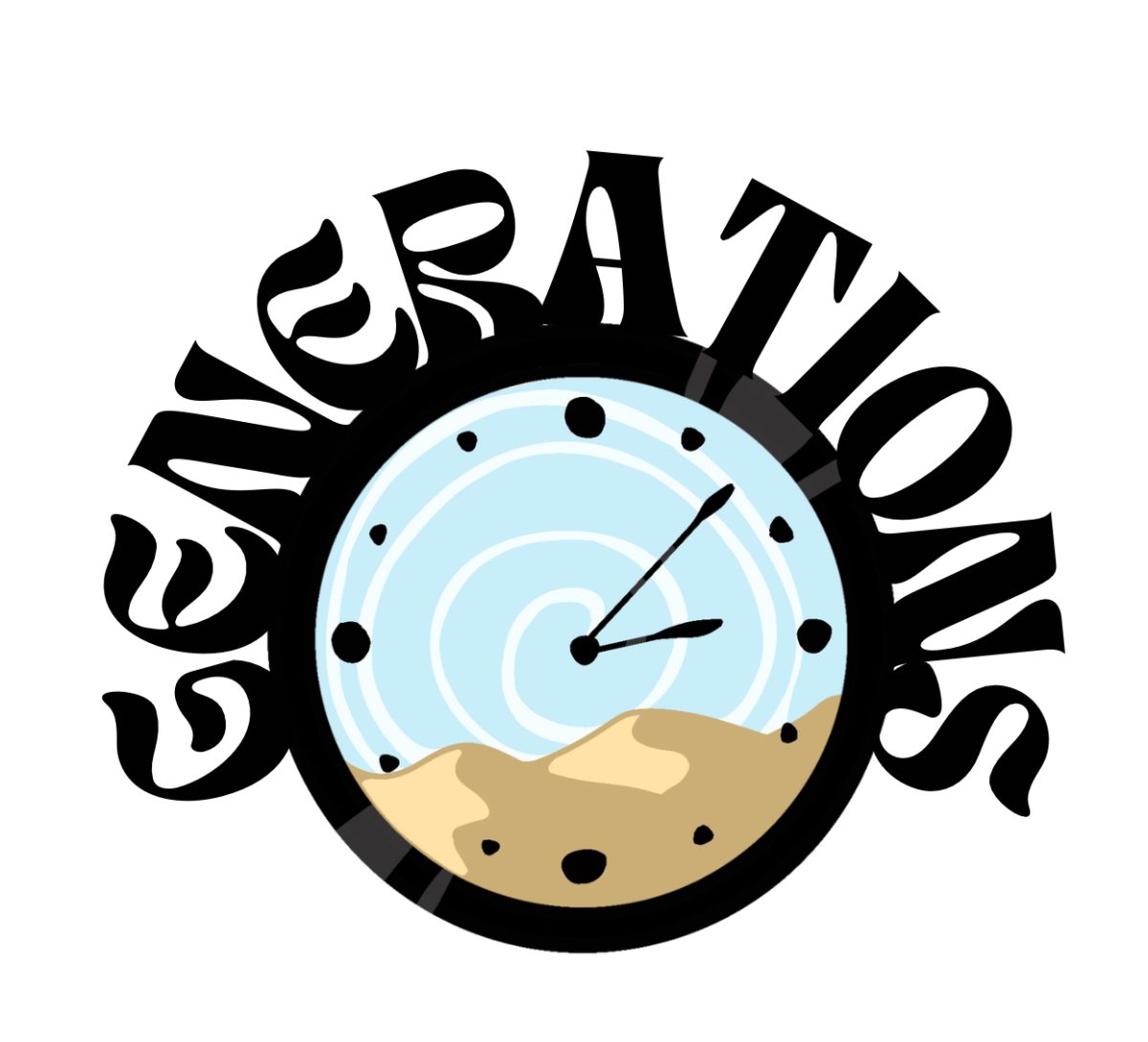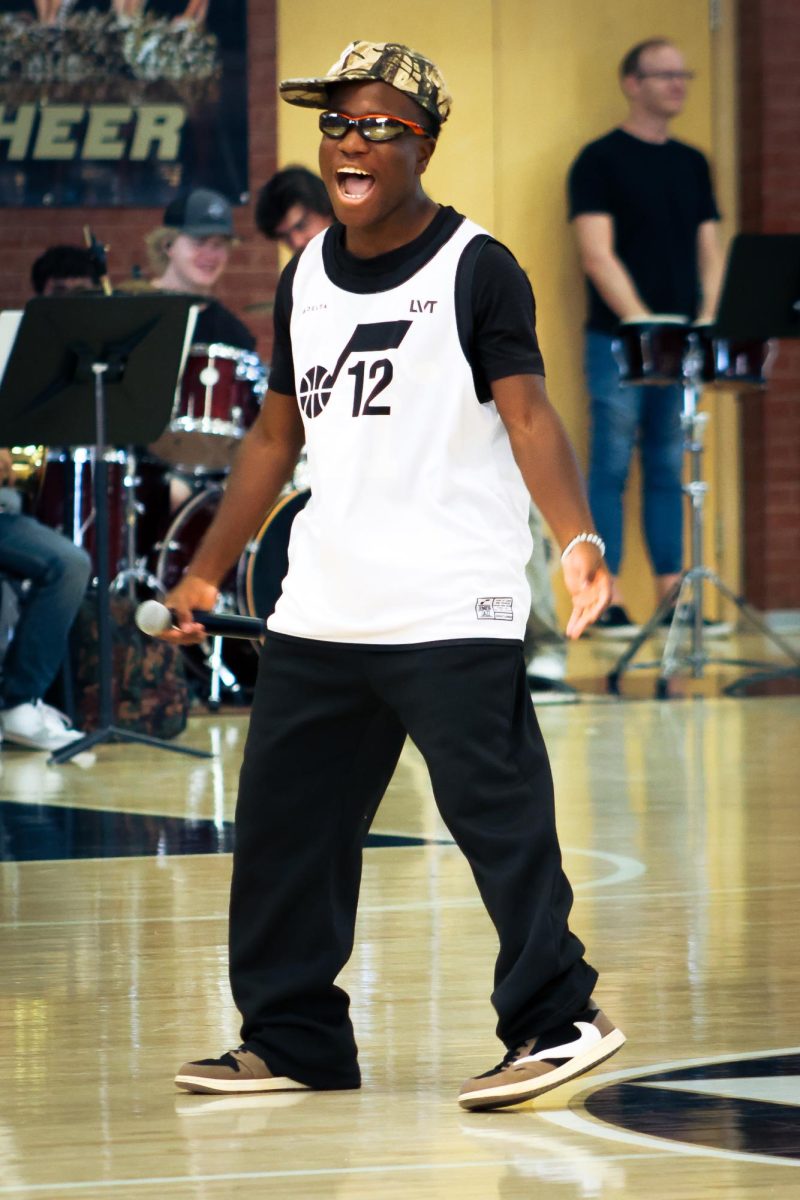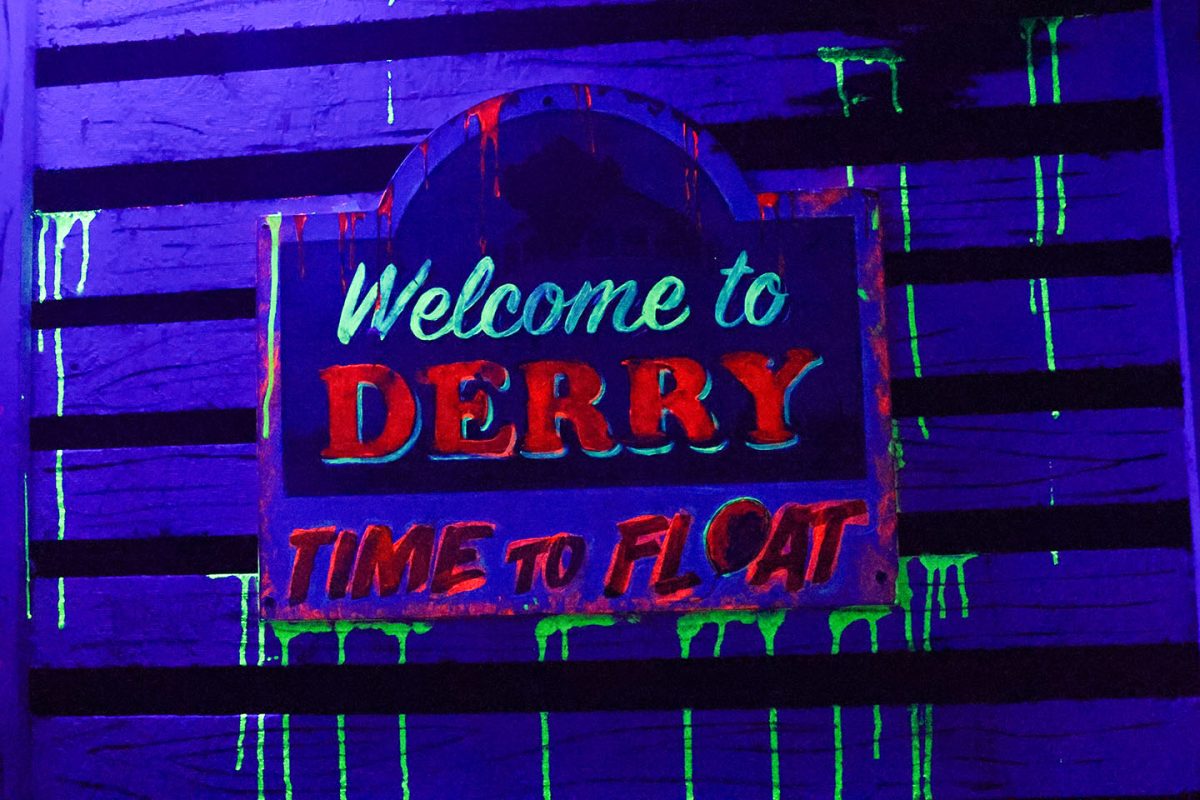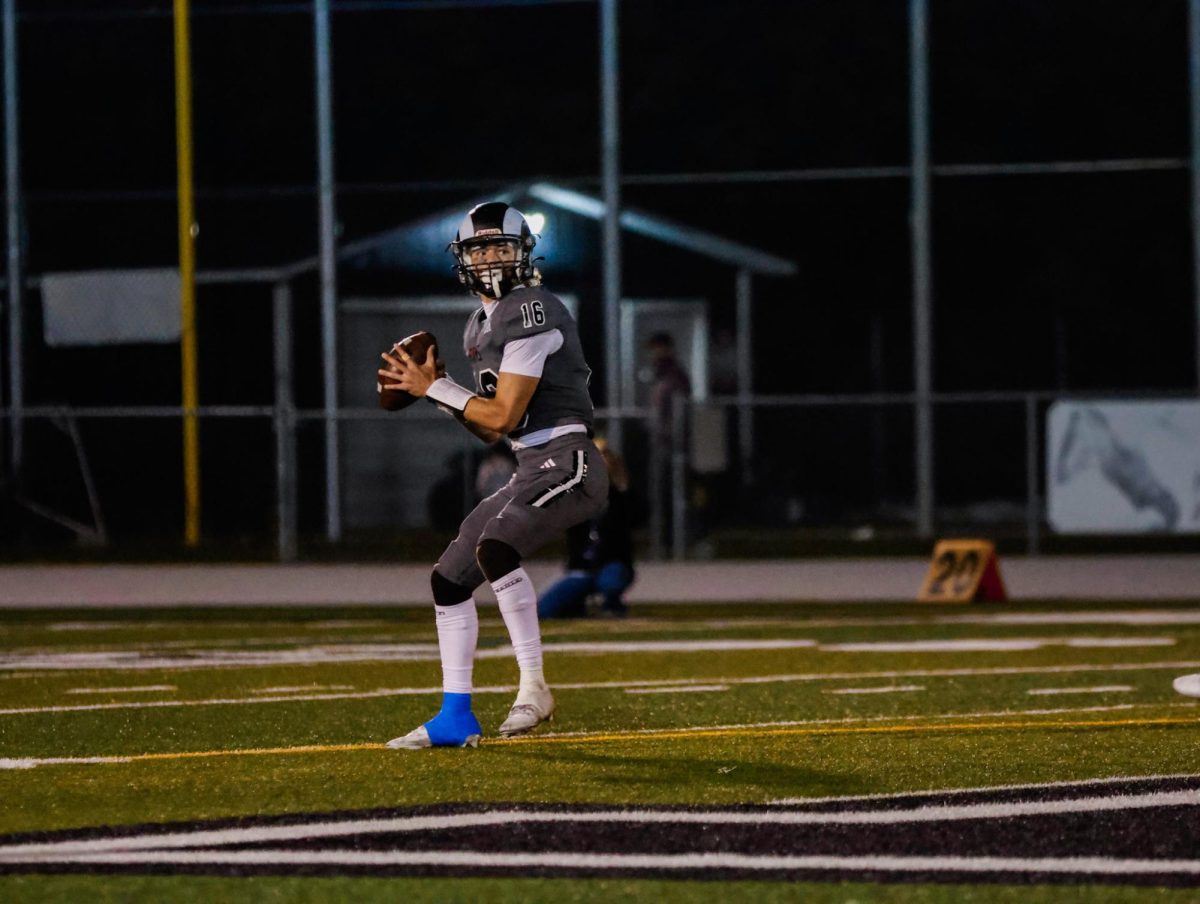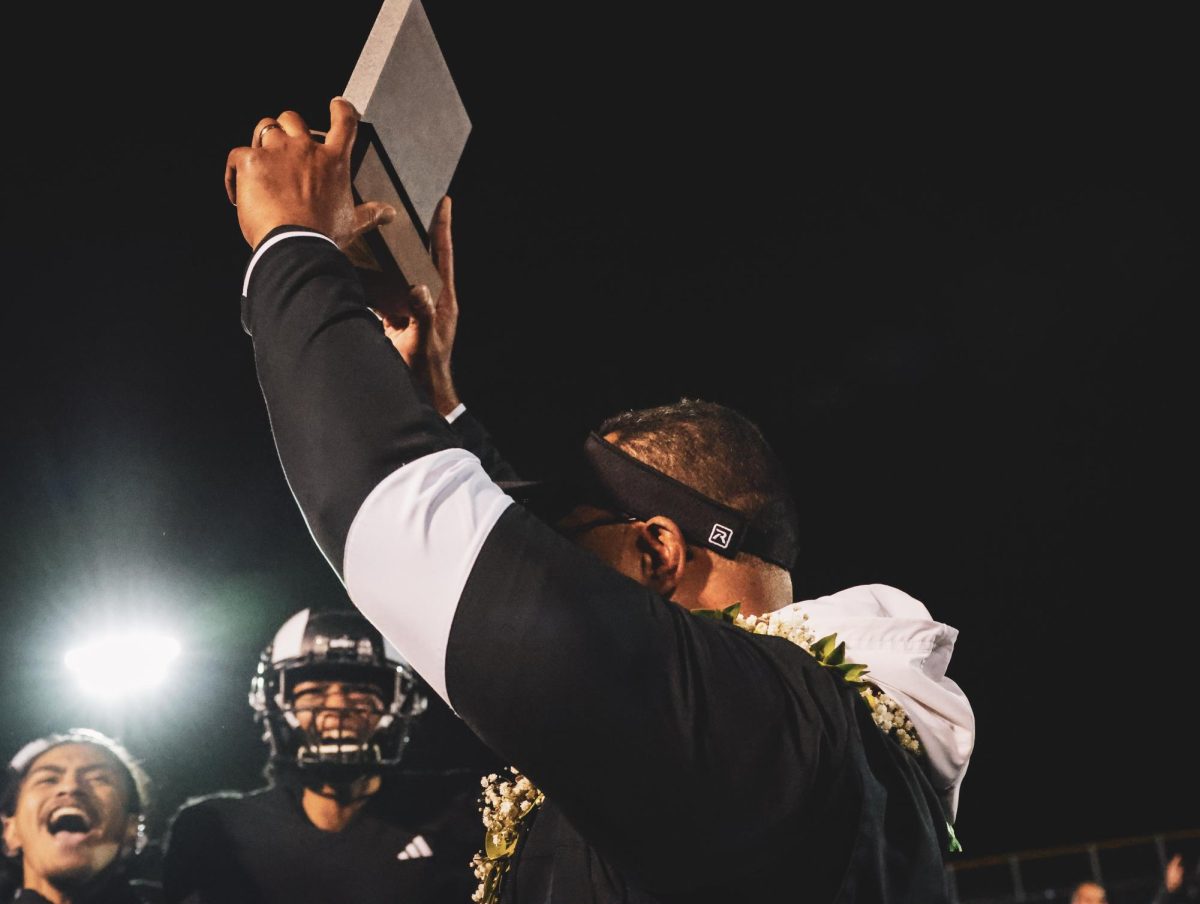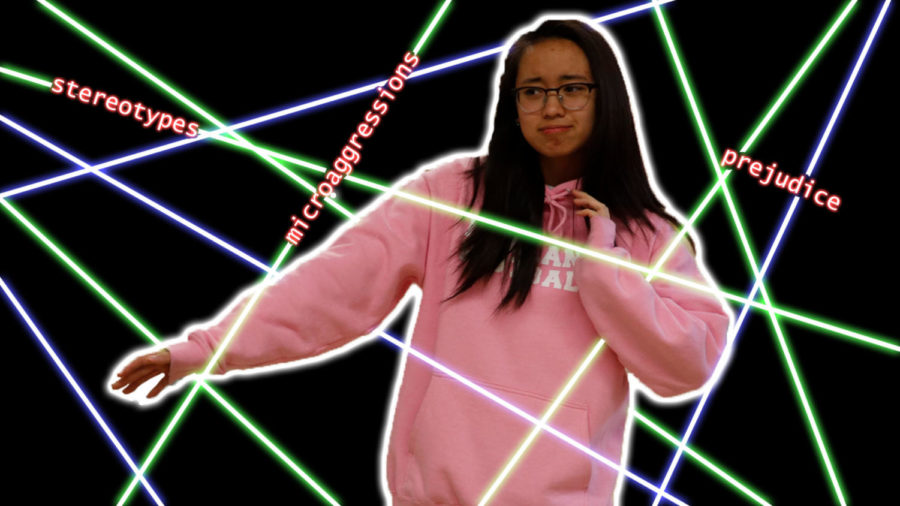Conversation: Microaggression’s Only Cure
December 19, 2018
It was June 19th. For most people, myself included, it was a regular summer day. Warm air, sunny skies–nothing out of the ordinary. However, for many black people across the country, it was a day of celebration. June 19th, otherwise known as “Juneteenth” or “Freedom Day,” is a festival held to commemorate the complete emancipation of slavery in the United States.
While not a holiday that I personally celebrate, I would soon see to observe the occasion in a way that was not ideal.
I was having dinner at a friend’s house that night. The menu: fried chicken and watermelon.
It was a peculiar choice, and especially different from their usual dinners. After thanking them for the meal, the mother turns to me and goes, “You know what we’re celebrating, right?”
I could only smile and nod.
Was it blatant racism? There were no harsh words or hateful comments made during or after the dinner. As far as I know, there was no malice in their intentions. In fact, the reason behind the dinner was to be “more inclusive” to other types of people.
So this is where we find ourselves, in a muddled, obscure area of social interaction where the lines are blurred and it is no longer purely black and white. A grey area, perhaps.
This small section of language is called a microaggression. While small and passive, these bits of biases have a strong impact on today’s society.
What is a microaggression? It is defined as an indirect, subtle, or unintentional discrimination against members of a marginalized group. They come in the form of backhanded compliments, stereotyping, gaslighting etc. The aforementioned story would also be an example of this.
They’re subtle, sly incidents that slip off the tongue.
They’re everywhere. In conversation, daily interaction, and even here at Highland.
Carleen Burnell is a Language Arts teacher at Highland, and is currently teaching the novel The Hate U Give by Angie Thomas to her students.
“[The novel] surrounds the killing of a young Black man from a white cop over a hairbrush. Starr, the protagonist of the story, sees the whole thing. Throughout the story we see her evolution of her finding her voice and standing up for what she knows to be right,” Burnell explains.
While a novel on current hot topics such as #BlackLivesMatter and police brutality, it also gives examples of microaggressions within a modern high school setting.
In the text, there is an exchange between Starr and her white best friend Hailey Grant. They were on the basketball court, head to head with some other boys from their school. In the heat of the game, Hailey yells to Starr, “Hustle! Pretend the ball is some fried chicken. Bet you’ll stay on it then.”
Incidents like this happen all the time for students of color. For example, a recent incident with a Vietnamese Highland student Jenna Vo. It was an assignment in AP Psychology about fears. Questions like “Are you willing to skydive?” and “Are you willing to swim with hungry man-eating sharks?” One of them being, “Would you eat cooked dog?”
It put Vo in an awkward position.
“How do I answer this?” Vo said. “Do I bring in my stereotype, or do I answer honestly, with what I want?”
The situation put an odd strain on Vo, one that her fellow classmates wouldn’t experience.
“When we got to the question, I felt stares,” Vo said.
Bias is simply a human trait. It is a subconscious reading of the world around you.
So what’s the harm? What makes it more than mere cultural commentary?
Its impact on today’s world goes farther than what we make it out to be. Microaggressions are inflicted by everyone, regardless of whether or not they are from a marginalized group. It is important to recognize the behaviors that we might otherwise let pass. However, the difficulty comes with opening up discussion.
With instances like my personal anecdote, I could have easily been offended. The dinner could have taken a downward spiral as I accuse my friend’s family of perpetuating stereotypes against Black people. This was the case with Starr, as she stormed off the basketball court after Hailey made her remark.
Regardless of whether or not the reaction was outlandish, it is imperative that we acknowledge how uncomfortable these incidences can be.
There’s this negative stigma around the idea of talking about topics that are racially charged. Immediately, people search to see whose opinion is most offensive, or try and find the ‘spokesperson’ for a certain demographic.
“We are so now polarized the pendulum has swung so far to the other side that to even have a conversation about race is so hard to do because of the inherent offense that seems to come with it,” Burnell said. “It’s hard to face things that you do that you don’t even realize that you’re doing because it is such a part of society.”
Consciously recognizing the small things that you do and actively making change is no simple task. It is a process of listening, learning, and understanding those around you. In a way it is a sort of dance between people, taking steps together in time. Not everyone knows how to dance, though, and that is what makes it a cognizant effort.
Understanding that is the most important part. It is a process, but it also leads to progress. Any amount of change, no matter how minute, is relevant.
The idea of microaggressions extends past race as well. Any marginalized group experiences small incidences of discrimination. That is why recognizing and bringing awareness to these sorts of things is so vital.
